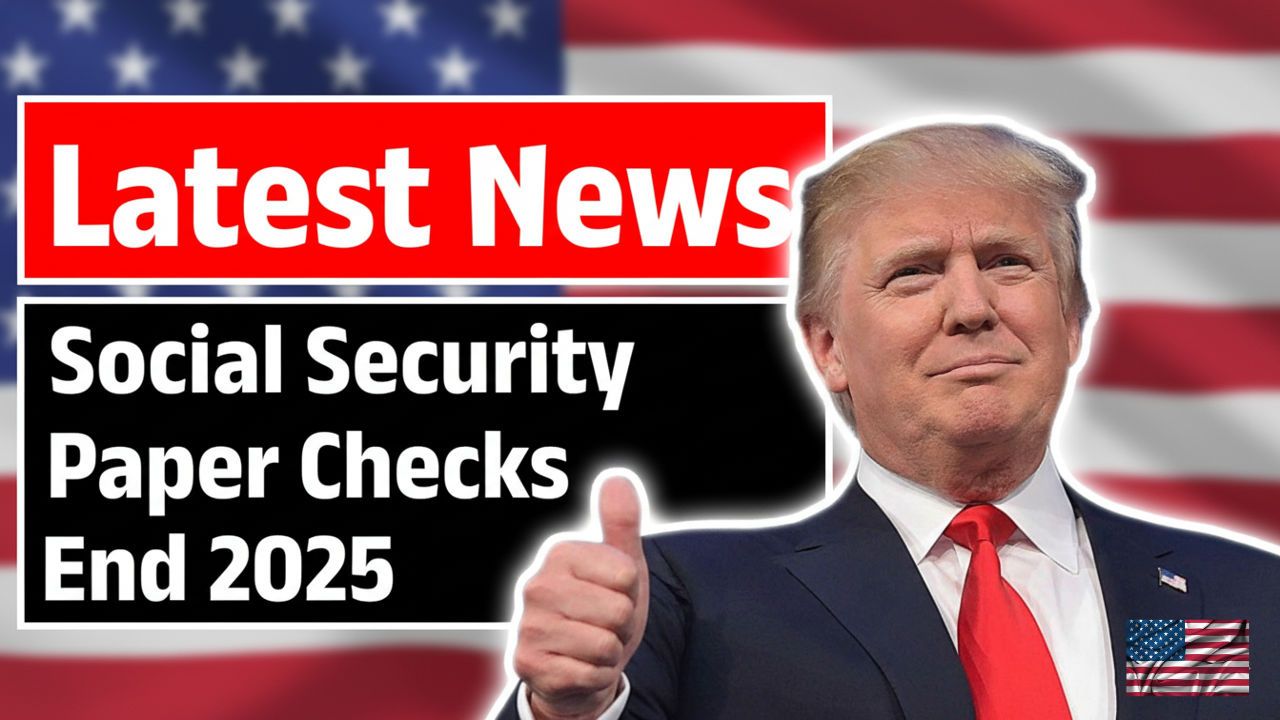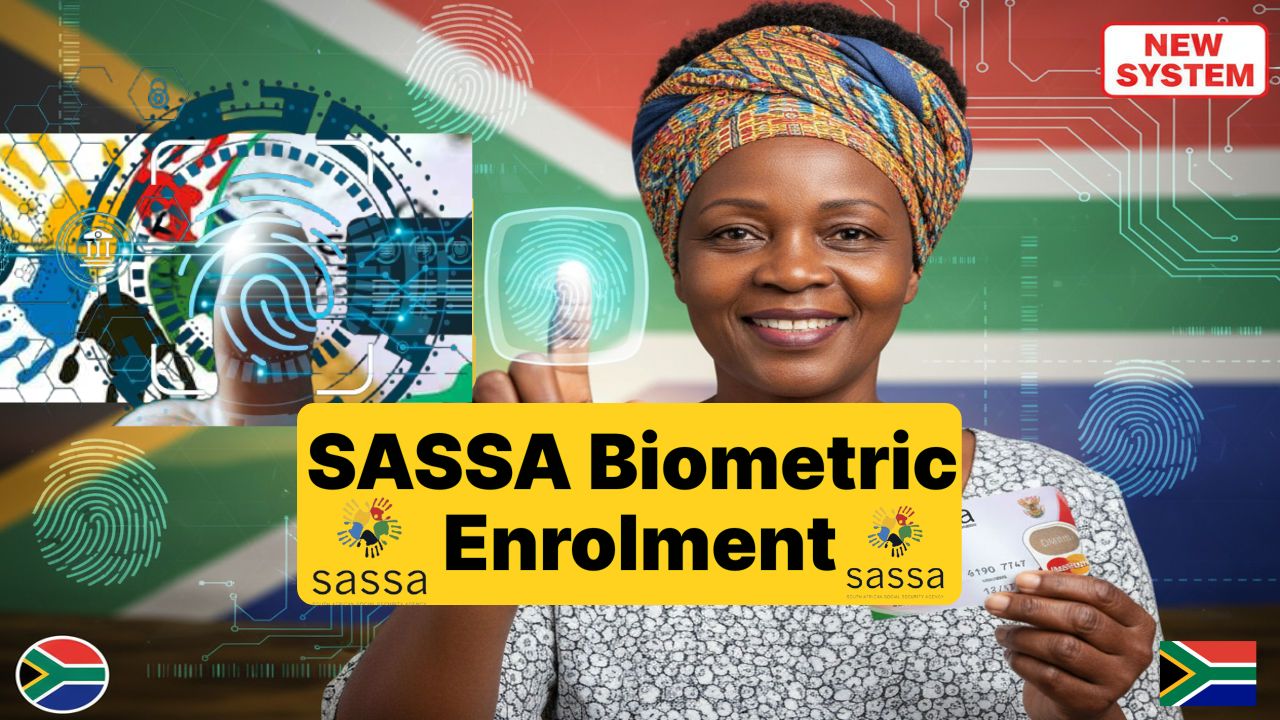The federal government is modernizing benefit delivery by moving Social Security and other federal payments to electronic methods in 2025. If you currently receive a paper check, you will need to choose direct deposit to a bank or credit union account or the Direct Express prepaid debit card. This guide explains the timeline, who is affected, which payment options to choose, and the exact steps to enroll so your November and December 2025 benefits arrive on time.
Social Security Paper Checks To End In 2025 Snapshot summary
Item |
Details |
|---|---|
Program change |
Paper checks for Social Security and most federal benefits will be phased out and replaced with electronic payments |
Target effective date |
September 30, 2025 |
Who is affected |
Any beneficiary still receiving paper checks for Social Security, SSI, SSDI, federal pensions, veterans benefits, and certain Treasury disbursements |
Accepted electronic options |
Direct deposit to a bank or credit union account, or the Direct Express prepaid debit card |
Typical payment timing |
Monthly, posted on your scheduled payment date |
Cost |
Direct deposit has no Treasury fee; Direct Express has no monthly fee for standard use with some service fees for optional transactions |
How to enroll |
Bank or credit union direct deposit form, GoDirect website, SSA online account, or SF 1199A via your financial institution or local office |
Official site |
What is changing in 2025
Treasury and Social Security are consolidating all federal benefit payments into secure electronic channels. After the target date in late 2025, paper checks will no longer be issued for ongoing monthly benefits. The goal is faster deposits, fewer delivery failures, lower fraud risk, and significant cost savings for taxpayers.
Key points
- Your benefit amount and payment schedule do not change because of the payment method.
- The change applies to Social Security retirement, survivors, and disability benefits, SSI, many federal pensions, and some other Treasury disbursements.
- You must pick an electronic option and enroll before the deadline to avoid delayed or missed payments.
Why the government is ending paper checks
- Security and reliability: Electronic deposits are less vulnerable to theft, loss, or alteration and settle on a predictable schedule.
- Speed: Funds are typically available on the morning of the payment date.
- Cost efficiency: Electronic payments cost the government far less than printing and mailing paper checks.
- Access: Electronic methods can be used at ATMs, point of sale terminals, and through online banking.
Your two electronic choices
1) Direct deposit to a bank or credit union
- Funds go straight to your checking or savings account on your payment date.
- No Treasury fee for direct deposit.
- You can use your normal debit card, bill pay, cash withdrawals, and transfers.
- Best for beneficiaries who already bank or want full banking features.
2) Direct Express prepaid debit card
- Designed for beneficiaries without a bank account.
- Your monthly benefit loads automatically to your Direct Express card.
- Use it for purchases, cash back at retailers, ATM withdrawals, and bill payments.
- No monthly fee for standard use, though some optional services can incur small fees.
- Card can be replaced if lost or stolen and includes fraud protections.
How to enroll step by step
If you have a bank or credit union account
- Gather your routing number and account number from a check or your online banking profile.
- Enroll through one of these channels:
- Add or change direct deposit in your my Social Security account.
- Call or visit your bank or credit union and complete SF 1199A for Treasury direct deposit.
- Visit or call your local Social Security office and provide your account details.
- Keep your receipt or confirmation. Monitor your first electronic payment to verify the posting date.
If you want the Direct Express card
- Request enrollment through Social Security or through the Direct Express enrollment line.
- Activate your card when it arrives and set a secure PIN.
- Confirm your next payment date and review how to access cash at in network ATMs or via cash back at retailers.
Special situations and accommodations
- Representative payees: Payee information must be updated to ensure the correct electronic destination.
- Name or address changes: Update these details before switching payment methods to prevent identity mismatches.
- Rural delivery or limited internet access: Phone and in person enrollment options are available through local offices and financial institutions.
- Joint accounts: Treasury recommends beneficiaries be listed on the account title.
- Banking changes: If you switch banks, update your direct deposit at least two to three weeks before the next payment date.
Timeline and suggested checklist
- Now: Choose your electronic option and collect your account or Direct Express enrollment details.
- Within 30 days: Submit your enrollment and keep proof of change.
- Before your next payment: Confirm that your payment information shows the correct method in your SSA account or by phone.
- On payment day: Verify deposit posted. If it has not, contact SSA or your card issuer the same day.
Fraud and security best practices
- Never share PINs, one time passcodes, or full account numbers over text or email.
- Social Security and Treasury do not ask for your full Social Security number, bank login, or card PIN by unsolicited call or message.
- If you receive a suspicious call, hang up and dial official numbers found on agency websites.
- Report lost or stolen Direct Express cards immediately for replacement.
Troubleshooting and common errors
- Missed payment after switching: Verify the correct routing and account numbers. One digit off will fail.
- Bank account closed: Update to an open account or request a Direct Express card to prevent returned payments.
- Returned deposit: Treasury will hold funds until updated instructions are received. Contact SSA at once to correct your record.
- Name mismatch: Ensure your bank account title matches your SSA record to avoid rejections.
Comparison at a glance
Feature |
Direct deposit |
Direct Express card |
|---|---|---|
Bank required |
Yes |
No |
Monthly Treasury fee |
No |
No for standard use |
Access to cash |
ATM, teller, cash back |
ATM, cash back at retailers |
Bill payments |
Bank bill pay and ACH |
Card payments and select bill pay options |
Replacement if lost |
Bank card policy applies |
Direct Express reissues card |
Best for |
People who already bank |
People without a bank account |
Who must switch
- Social Security retirement, survivors, and disability beneficiaries receiving paper checks
- SSI beneficiaries receiving paper checks
- Many federal pension and veterans beneficiaries still on paper checks
Enroll as soon as possible to prevent disruptions. Waiting until the last minute increases the risk of a missed payment if information is incomplete or a card is delayed in the mail.
Frequently asked questions
When will paper checks stop
Paper checks are being phased out with a target completion date of September 30, 2025.
Do I have to open a bank account
No. If you do not wish to open an account, you can receive your benefit on the Direct Express prepaid debit card.
Will my payment date change
No. Your scheduled monthly payment date stays the same. Only the delivery method changes.
Are there fees
There is no Treasury fee for direct deposit. The Direct Express card has no monthly fee for standard use. Optional services like multiple ATM withdrawals in one month or out of network ATMs may have small fees.
What if I do nothing
If you do not enroll in an electronic option, you risk delayed or missed payments after the cutover. Act early to avoid interruptions.
How do I update bank details after I switch
Log in to your my Social Security account, call Social Security, or submit a new SF 1199A through your bank or credit union.
For More Information Click Here








